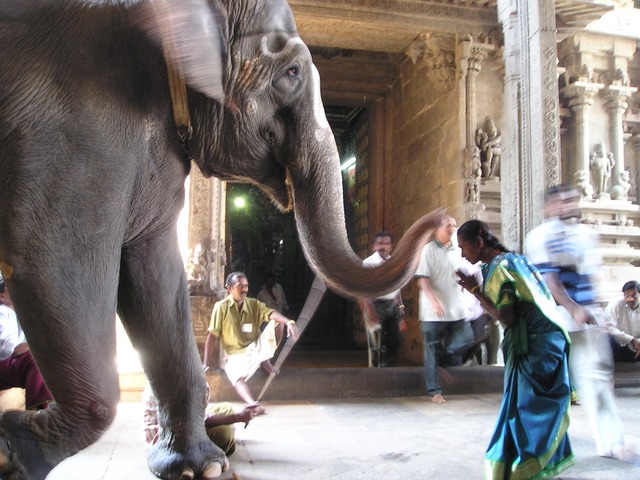
Advaita Vedanta (/ədˈvaɪtə vɛˈdɑːntə/; Sanskrit: अद्वैत वेदान्त, IAST: Advaita Vedānta, literally, “not-two”), originally known as Puruṣavāda,[1][note 1] is a school of Hindu philosophy and religious practice, and one of the classic Indian paths to spiritual realization.[2] The term Advaita refers to its idea that the soul (true Self, Atman) is the same as the highest metaphysical Reality (Brahman). The followers of this school are known as Advaita Vedantins, or just Advaitins,[3] and they seek spiritual liberation through acquiring vidyā, meaning knowledge,[4] of one’s true identity as Atman, and the identity of Atman and Brahman.[5][6][7]
Advaita Vedanta traces its roots in the oldest Upanishads. It relies on three textual sources called the Prasthanatrayi. It gives “a unifying interpretation of the whole body of Upanishads”,[8] the Brahma Sutras, and the Bhagavad Gita.[9][10] Advaita Vedanta is the oldest extant sub-school of Vedanta,[note 2] which is one of the six orthodox (āstika) Hindu philosophies (darśana). Although its roots trace back to the 1st millennium BCE, the most prominent exponent of the Advaita Vedanta is considered by the tradition to be 8th century scholar Adi Shankara.[11][12][13]
Advaita Vedanta emphasizes Jivanmukti, the idea that moksha (freedom, liberation) is achievable in this life in contrast to Indian philosophies that emphasize videhamukti, or moksha after death.[14][15] The school uses concepts such as Brahman, Atman, Maya, Avidya, meditation and others that are found in major Indian religious traditions,[10][16][17] but interprets them in its own way for its theories of moksha.[18][19] Advaita Vedanta is one of the most studied and most influential schools of classical Indian thought.[20][21][22] Many scholars describe it as a form of monism,[23][24][25] others describe the Advaita philosophy as non-dualistic.[26][27]
Advaita influenced and was influenced by various traditions and texts of Hindu philosophies such as Samkhya, Yoga, Nyaya, other sub-schools of Vedanta, Vaishnavism, Shaivism, the Puranas, the Agamas, as well as social movements such as the Bhakti movement.[28][29][30] Beyond Hinduism, Advaita Vedanta interacted and developed with the other traditions of India such as Jainism and Buddhism.[31] Advaita Vedanta texts espouse a spectrum of views from idealism, including illusionism, to realist or nearly realist positions expressed in the early works of Shankara.[32] In modern times, its views appear in various Neo-Vedanta movements.[33] It has been termed as the paradigmatic example of Hindu spirituality

